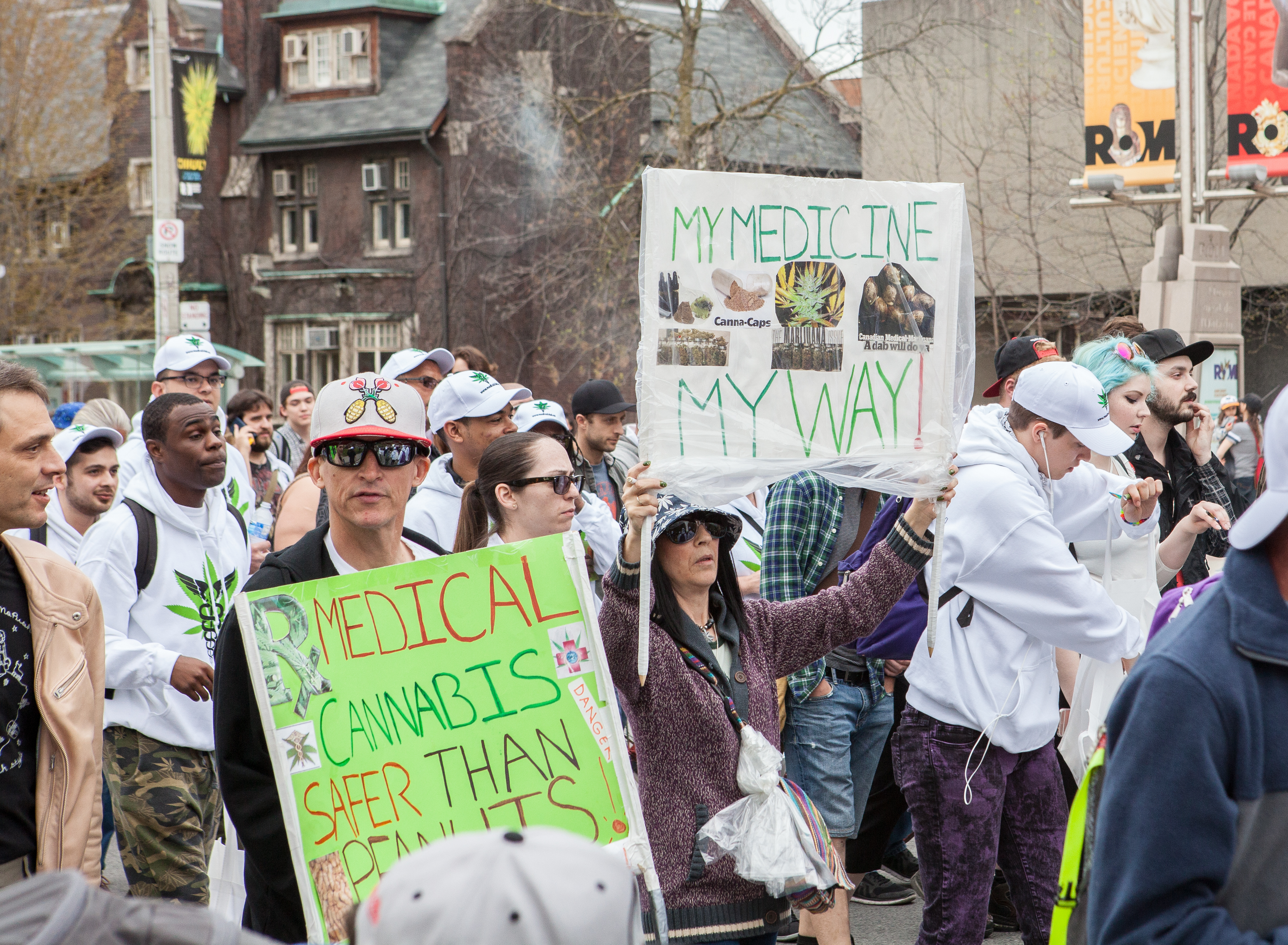In North America, laws regarding marijuana possession and use are all over the map, literally. You may legally stock up on weed for medicinal or recreational purposes in one state, cross the border and get arrested for possession. Witness what happened to Melissa Etheridge… traveling from Canada to the U.S., the California-based singer who uses marijuana to manage pain from cancer was detained in North Dakota and busted for drug possession in August. Although the drug is legal in California, it’s not allowed in North Dakota.
In the U.S., on the federal level, any use of marijuana is still illegal. But, as of November 9, 2016, the use of both recreational and medicinal marijuana has been legalized in the states of Alaska, California, Colorado, Maine, Massachusetts, Nevada, Oregon, and Washington. Twelve other states have both medical marijuana and decriminalization laws, thirteen states have legalized psychoactive medical marijuana, while another thirteen have only legalized non-psychoactive medical marijuana. One state and the U.S. Virgin Islands have only decriminalized possession laws while in three other states, marijuana possession and sales for any use are illegal. And so it goes. It’s a veritable quilt work of laws.
Medicinal marijuana has been allowed in Canada for a few years now, but come this July, the federal government is ending the criminal ban on recreational pot. Still, how marijuana will be available will be entirely up to each province.
Ontario just recently announced its plans for selling pot. Once the federal government legalizes recreational marijuana on July 1, you will be able to legally purchase marijuana for recreational use – but only in the government-owned Liquor Control Board of Ontario, and only if you’re 19. The government says the price of pot will be low enough to push the black market out of business, but high enough to discourage abuse, especially among young people. (Not sure if the government is aware of how much money today’s young people are willing to spend on recreation, but that’s another story…)
Marijuana use remains controversial, with advocates advocating that it is harmless and effective as a remedy for many disorders, and critics warning that it is harmful (especially for those under 25 whose brains are still developing) and that its legalization will lead to abuse en masse.
Studies exist to support both sides. One of the latest ones addresses the issue of whether or not legalization leads to more marijuana use/abuse, and it was published in the journal Addiction. The paper’s abstract states that, “The steep rise in marijuana use in the United States since 2005 occurred in the population and is attributable to general period effects not specifically linked to the liberalization of marijuana policies in some states.”
In other words, the study did not find any direct links between a rise in cannabis consumption and the increase in state laws that allow legal use of recreational or medical marijuana. It found that this trend was attributable to “general period effects”—i.e., societal factors at play. One such “general period effect” the authors identify is the decrease in disapproval of marijuana use in society.
Granted, this change in attitude towards marijuana use is largely the result of more research and education on the subject, but wouldn’t it also be a by-product of legalization—those official nods of approval from various governments all over North America for their citizens to get high?


